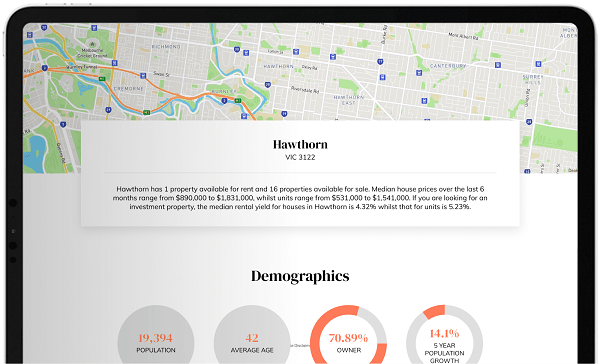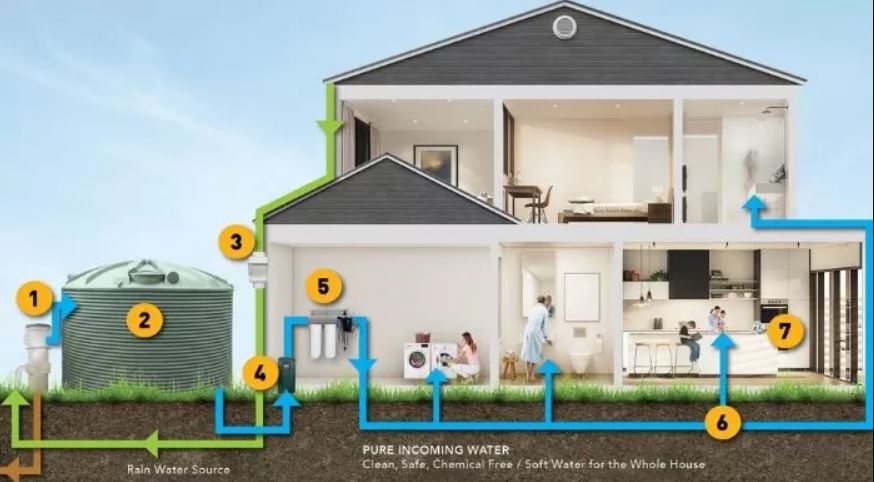
How To Save Water At Home
Water Conservation Inside and Outside Your Home
Australia is one of the driest inhabited continents on earth. Yet we are also one of the largest consumers per capita of water in the world. With the advent of climate change, it is now that people need to pay attention to how they use and conserve water. Water is a valuable resource and households should pay attention to the amount of water they use and how much water goes to waste. Measure your household’s water from the rates notice and water meter then compare your consumption to see how much water you are saving.
Water Tank – Install a rainwater tank to use on your garden. Residential water tanks range in size from 750 litres to 10,000 litres. The rainwater runs directly from your roof and about 80% can be collected into the tank. An average-sized family can save 25% – 30% of their water consumption. These tanks come in different shapes and sizes and add value to your home. Depending on how you want to set up your water tank the cost of installation can be from $300 – $1200. It is cheaper if you just want to use the tank for your garden. But if you want to connect the tank to your mains for washing and toilet use then it is more expensive. Contact your council to familiarise yourself with any permits that may be needed. Also, enquire to see if there are any rebates available for adding a tank.
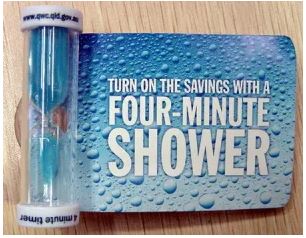
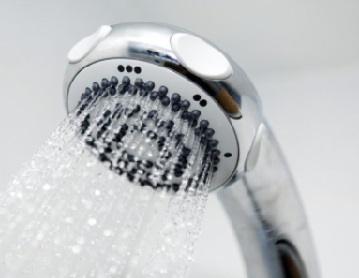
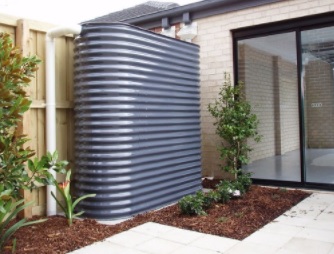
Bathroom – In the bathroom, 40 percent of your home’s water is utilised and much of this is wasted. A few simple steps and being more efficient can save a lot of water. Have showers instead of baths. You can use a low-flow showerhead and use a 4-minute egg timer to take your shower. Check for any leaks in the plumbing pipes or dripping taps. You can fill a small bottle with stones and place it in your toilet’s cistern to reduce the amount of water used when flushing. Some toilets use up to 20 litres of water per flush. Reducing this to 5 litres will be a huge water saving. When you have a shower place a bucket on the shower floor to collect the “grey water” which you can use in your garden.
Kitchen – In the kitchen, the dishwasher will consume the most water. Only use your dishwasher when it is full and use short washing cycles. If you are going to purchase a dishwasher check the Water Efficiency Labelling and Standards label which can save half the water usage. Check for leaking taps. If you like drinking water then fill up your drinking container and put it in the fridge.
Laundry – Laundries take about 13% of the household water to run and function. Energy-efficient washing machines can use two-thirds of the water than the older models. For example, a 2-star washing machine that was washing a 6.5-kilogram load will use 130 litres of water. A 4-star washer with the same load will use 65 litres. Try to only wash when you have a full load. And be sure to check that you have the right water level setting.

